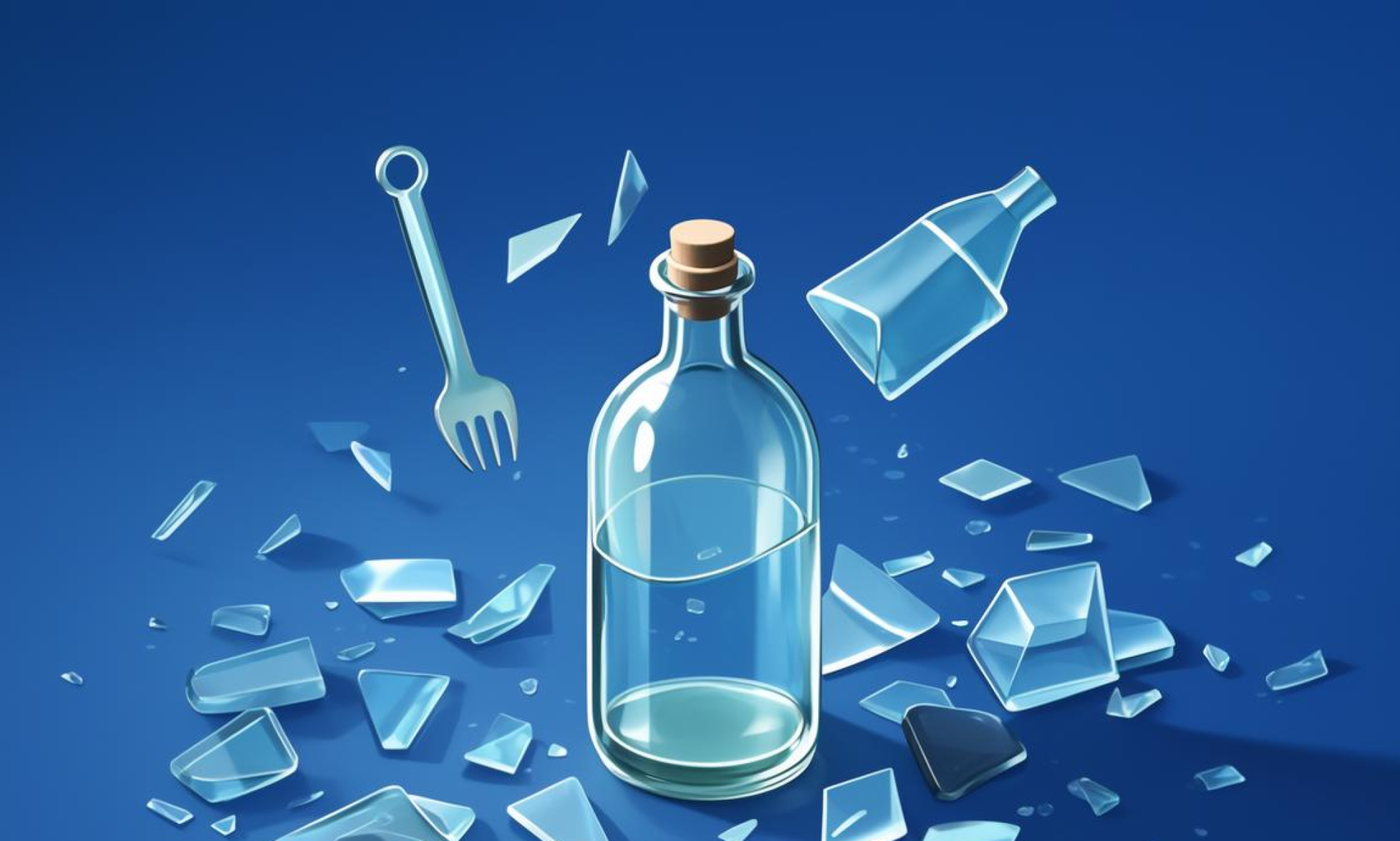When it comes to preserving the integrity of your products, especially in the competitive market of vinegar bottles, anti-counterfeit solutions are no longer optional. With the rise of counterfeit products, businesses are increasingly turning to advanced technologies to ensure authenticity and traceability. One such technology is laser coding, which offers a secure and efficient way to track and verify vinegar bottles. In this ultimate guide, we will explore how laser coding can revolutionize your anti-counterfeit strategies and enhance the traceability of your vinegar bottles.
Understanding the Value of Vinegar Bottles
Vinegar bottles, while seemingly simple, play a crucial role in everyday life. They are designed for storing and preserving vinegar, a product that is not only used for cooking but also for cleaning and health purposes. The glass material of vinegar bottles makes them durable and suitable for various applications, from household use to commercial purposes. However, with the influx of counterfeit products in the market, ensuring the authenticity of your vinegar bottles has become a top priority for businesses and consumers alike.
Laser Coding: A Powerful Anti-Counterfeit Solution
Laser coding is a cutting-edge technology that is transforming the way businesses authenticate their products. This method involves using a laser to etch unique, irreversible marks directly onto the surface of a glass bottle. These marks can be in the form of text, numbers, or even complex patterns, making it highly difficult for counterfeiters to replicate. The process is quick, efficient, and can be applied to each bottle in a matter of seconds, making it ideal for high-volume production environments.
Advantages of Laser Coding for Vinegar Bottles
One of the most significant advantages of laser coding is its ability to enhance the traceability of vinegar bottles. By etching a unique code on each bottle, businesses can keep track of their products throughout the supply chain. This is particularly useful for vineger bottles, which are often used in bulk for both retail and industrial purposes. Laser coding ensures that every bottle is unique, reducing the risk of counterfeit products slipping into the market.
How Laser Coding Works
Laser coding operates by focusing a high-powered laser beam onto the surface of the glass bottle. The laser creates a permanent mark by melting the glass, which can then be read with a scanner or by visually inspecting the bottle. The process is highly precise and can be customized to create codes that are difficult to replicate. The key to its effectiveness lies in the permanent nature of the mark, which cannot be easily erased or duplicated by counterfeiters.
Implementing Laser Coding in Your Vinegar Bottle Production
For businesses that produce vinegar bottles, implementing laser coding can be a game-changer. Below, we have outlined the steps involved in integrating this technology into your production process:
- Choose a reliable laser coding system that aligns with your production capacity and requirements.
- Ensure your vinegar bottles are clean and free from impurities before the coding process.
- Test the system on a small batch of bottles to verify its performance and accuracy.
- Integrate the system into your existing production line for a seamless and efficient operation.
- Regularly monitor and maintain the laser coding system to ensure optimal performance.
By following these steps, you can ensure that your vinegar bottles are both authentic and traceable, giving consumers the assurance they need when purchasing your products.
Cases Studies: Laser Coding in Action
To further illustrate the impact of laser coding, let’s look at a few real-world examples:
1. **A Leading Vinegar Manufacturer**: A major vinegar producer implemented laser coding on their glass bottles. This allowed them to reduce counterfeit activity by 70% and improve product traceability across their distribution network.
2. **Specialty Vinegar Brands**: Boutique vinegar brands began using laser coding to differentiate their products in the market. The unique codes added a layer of exclusivity and authenticity, appealing to discerning consumers.
3. **Global Supply Chains**: Large retailers and distributors increasingly rely on laser coding to ensure that the vinegar bottles they sell are genuine and have been sourced from authorized manufacturers.
These case studies demonstrate that laser coding is not just a technological advancement but also a practical solution for combating counterfeit products and enhancing the traceability of vinegar bottles.
Conclusion
As the demand for authentic and traceable products continues to grow, businesses in the vinegar industry must adapt to the evolving challenges of counterfeit products. Laser coding offers a powerful and efficient solution to this problem, providing the necessary tools to protect your brand and ensure consumer trust. By integrating laser coding into your production process, you can enhance the traceability of your vinegar bottles and reduce the risk of counterfeit products entering the market. It’s time to take action and explore how laser coding can transform your business for the better.
